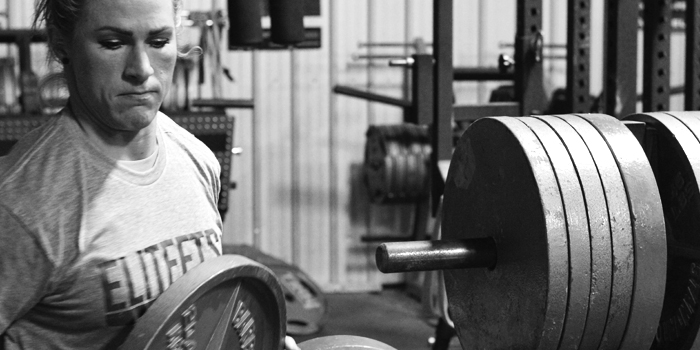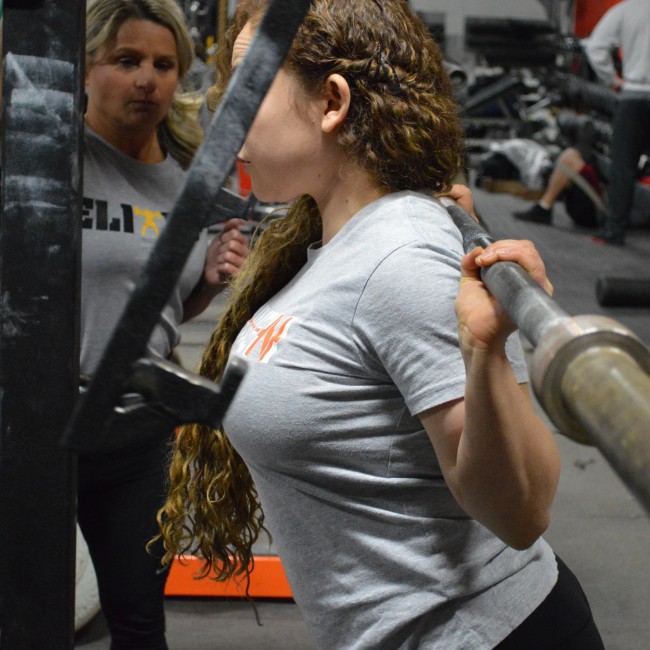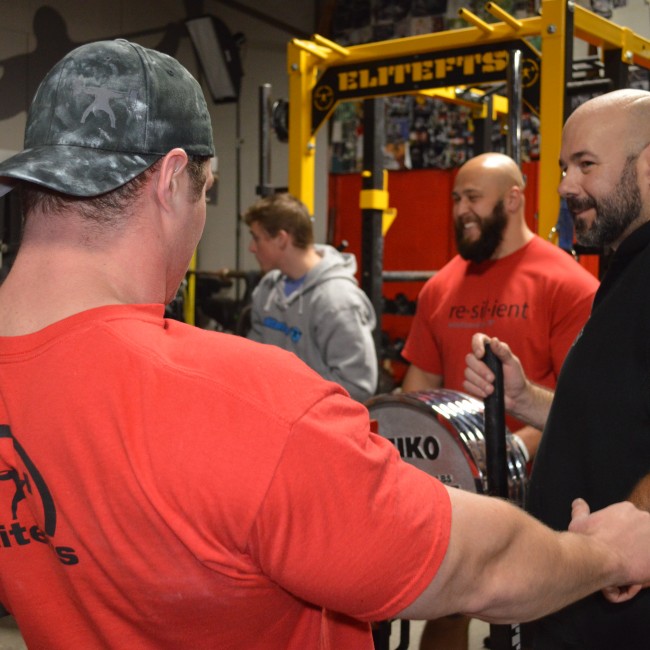
Pre-activation goes beyond dynamic warm-up drills. The activation of underused muscle before a workout will prevent injury and build more muscle. The activation of muscle groups can improve sprint and cycling performance and works with strength training, too.
Post-activation potentiation has recently gained popularity in the fitness community. With post-activation potentiation, performance during explosive movements (jumps, sprints, etc.) may be improved when preceded with a heavy lift of respective muscle groups. But what if the reverse was more beneficial?
From experience, I’m proposing that we look at this from a different angle. What if simply “waking up” underused muscle can save the joints and even work to develop weak muscle(s)?
Wake Up and Build
According to statistics, provided by juststand.org, the average American spends 55 percent of his waking day sitting. That’s 7.7 hours spent sitting! Going beyond those statistics, think about the neglected muscles of the lower body.
- Gluteus maximus: This is a very important muscle group that aids in climbing steps, running, deadlifting and squatting. Without a strong booty, postural distortions are sure to ensue (e.g. lordosis, the dramatic curve of the low back), which will result in injury.
- Hamstrings: Yet another important movement muscle group, the hamstrings are used in walking, stair climbing, running and performing lower body exercises. When the hamstrings are weak, so are the squat, deadlift and, most importantly, the core.
- Core: This is a critical muscle group. Most individuals suffering from back pain have weak core muscles. Crunches aren't going to cut it.
When training clients, the first thing I look at is the client’s ability to lift his leg and step over a bench. The movement allows me to see if the core or back are doing the movement. Nine times out of 10, it’s the quadratus lumborum (QL). Because the QL is responsible for most of the movement gait, it has become overused and ultimately agitated. So of course injuries occur when we just jump right into heavy deadlifts or distance running. All the wrong muscles are overactive and all the right muscles are still asleep.
A Dynamic Approach and Beyond
A dynamic warm up before hitting the stack is always a great idea, but what if the dynamic warm up isn't enough? It may be enough for the average college athlete who is active over 16 hours a week and has a well-educated strength and conditioning team to develop weak muscle groups. For the average person though, such a warm up may not even exist. If it does, all the wrong muscles groups are targeted because the person may not know any better. Rounded shoulders, excessive spine curvatures and posture-related injuries are all I see in fitness centers. All of these can be corrected and prevented if an extra 10 minutes were spent on lifts that target areas of weakness.
The nervous and skeletal muscle systems work very closely to each other. Muscles don't move unless there are nervous impulses, and nervous impulses don't stimulate an underdeveloped muscle or muscle group.
The Cardio Advantage
With the now awakened glutes, hamstrings and core, the body has a much better chance of surviving a cardio attack. Not only that, but cardio becomes much more effective. I have seen this first-hand in group cycling classes. I’ve gone in on Monday morning with understimulated legs and with 100 percent activated legs. Take it from me—the puddle of sweat surrounding my bike was way deeper when I’ve worked my legs before class. The same goes for running to a lesser degree.
Pre-cycling activation circuit:
- 1a. Deadlift, 8/6/4 X 3 (first two sets are warm-up sets)
- 1b. Cable pull-through, 5 X 10 (This exercise activates the glutes and hamstrings for a stronger deadlift. Add a small power ball between the knees for activation of the inner thighs or hip adductors.)
- 1c. Cable pull-down, 5 X 10 (activates the core and serratus anterior)
Pre-run activation circuit:
You can use the same plan as above, but it can be too much for the legs. Take some weight off the deadlift and keep the weight the same. In addition, some additional back work can help to prevent runner’s shoulder (an excessive rounding of the shoulders).
- 2a. Bent row, 5 X 10 (use a 6- to 8-rep max weight for this; really pull past your limit)
- 2b. Scap retracts, 5 X 10 (use enough weight so that the area between the shoulder blades is on fire; pre-activation exercise for the bent row)
- 2c. Pull-ups, 5 X failure (because who doesn’t want the bragging rights)
Stronger Lifts
As you can see, each main lift is paired with an exercise meant to target weak muscles in the respective lift. The “main lifts” above are the deadlift and bent row. The “target lifts” are the pull through and scap retract. Pull throughs fire the glutes and hamstrings, and the scap retracts fire the rhomboids.
Try the following to go beyond those two exercises and muscle groups.
Chest:
- 1a. Bench presses, 8/6/4 X 3–6
- 1b. Incline fly or decline fly, 5 X 10
Squat:
- 1a. Squats, 8/6/4 X 3–6
- 1b. Lunges, split squats or Bulgarian split squats, 5 X 10
Shoulders:
- 1a. Standing presses, 8/6/3 X 3–6
- 1b. Rear delt raises, 4 X 10
Take another look at warm ups and strength circuits. Tactful exercise pairing will help to prevent injury, increase calories burned during cardio and increase metabolism through the recruitment of more, often underused, muscles. Think about it—an army is only as strong as the amount of soldiers within the company.
Tammy McCarthy currently works in corporate wellness. She has a bachelor's degree in exercise science and a background in strength and conditioning. In her role as a coach, she provides a wealth of prehabilitation and rehabilitation exercises and ideas for members. In addition, she provides private, home training.













2 Comments